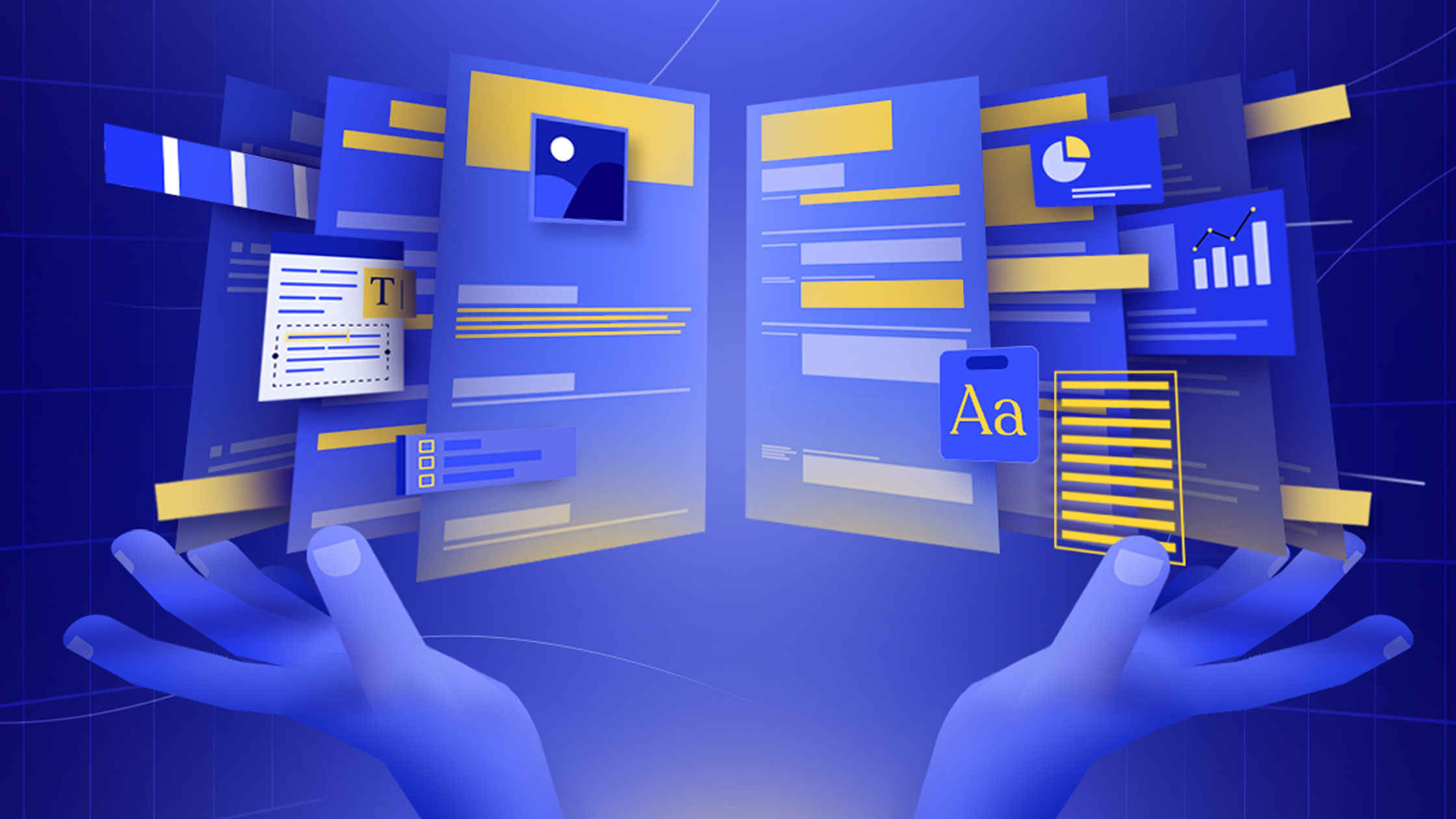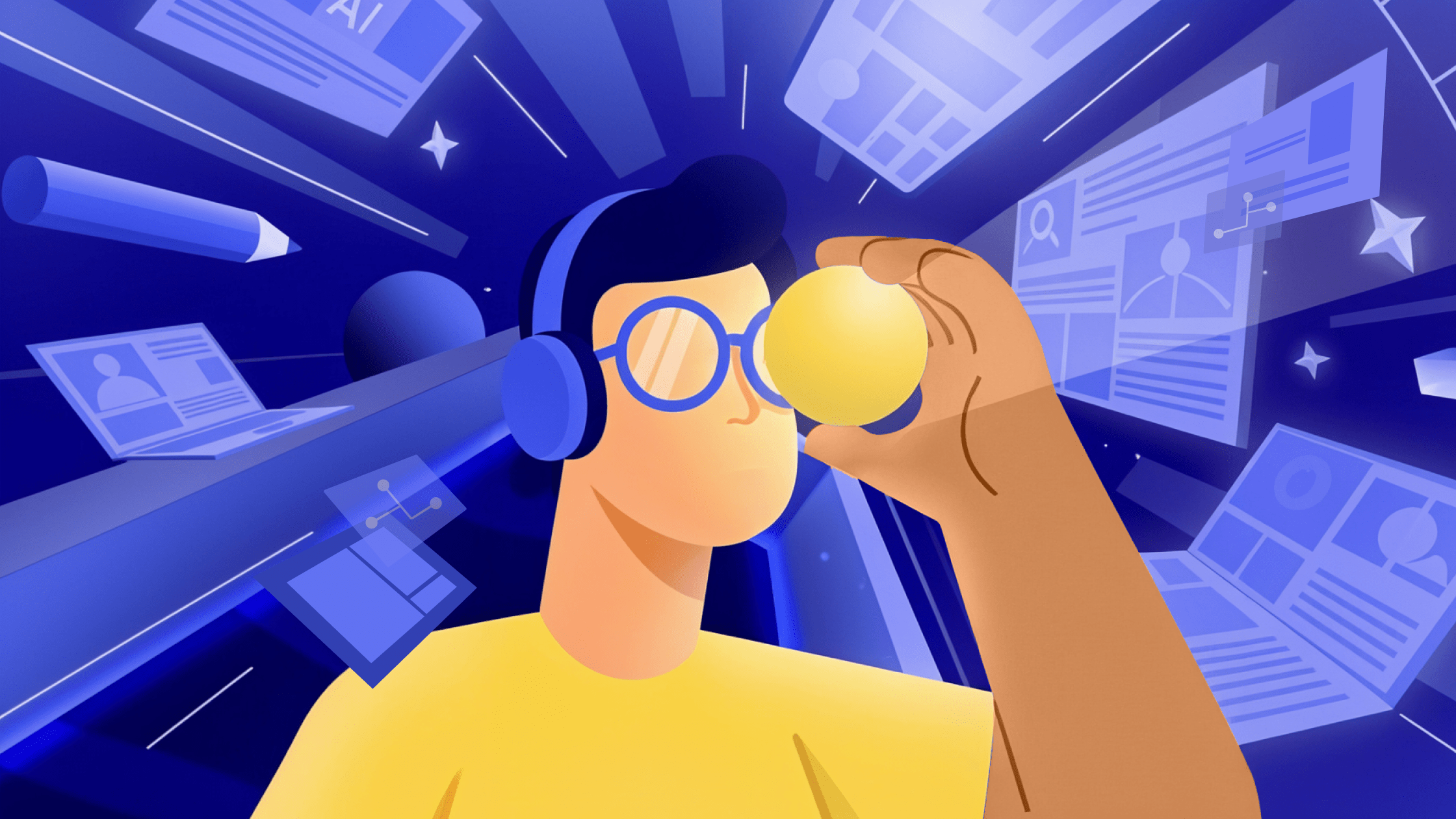Branding isn’t a fad. We have been doing it for thousands of years.
Branding is part of everything that we do as humans. It is our way of adding our touch and a non-verbal way of identifying ourselves to our people. It’s rooted in our innate desire for belonging.
The earliest forms of branding date back to 10,000 years ago as handprints on rocks. Even before the symbols, and language was invented, our ancestors found a way to tell us that "Hey, we were here and we were part of this group.” This practice reflects our fundamental need to connect and weave our individual narratives into the collective story of humanity.

Corporate branding isn’t too different. Companies use researched design patterns to entice specific emotions in their target audience.
How does branding affect our perception?
We connect with brands much like we do with people. Branding evokes emotions and trust, which influences our decisions. Let's explore how Apple and Nike have achieved growth through effective branding.
“Just do it” like Nike
With brand value of approximately $37 billion USD, Nike is unequivocally the most valuable sports brand today. But things weren’t always the same. The 1980s didn’t start really well for Nike as the company reported its first quarterly loss ever. Nike had to dump millions of pairs of shoes for as little as a dollar to stay afloat.
Things turned around when Nike incorporated an innovative brand strategy that merely didn't just sell sneakers, but a complete way of life. The new Nike celebrated the athletes people looked up to. For example, with Air Jordans they encapsulated the desire to be like “Mike”, who is known for his determination to win at all costs and high-flying athleticism.
The company forecasted that Air Jordan would earn about $3M over first four years but powerful branding signed them their first cheque of $126 million dollars in the first year.
“Think Different” with Apple
A research conducted by University of Pennsylvania studied the emotional connection and loyalty of Apple vs Samsung users. The team conducted functional magnetic resonance imaging (fMRI) to scan the brains of both Samsung and Apple users while they were exposed to positive, negative, and neutral news about each company. The brain scans revealed distinct patterns in both groups. Apple users exhibited empathy for their brand, reacting strongly to positive and negative news, while remaining neutral to Samsung updates. In contrast, Samsung users displayed no significant emotional response to news about their own brand. The findings underscore a fundamental difference – Apple has cultivated robust emotional and social connections with consumers, a connection not mirrored by Samsung users.
What does this tell us about the influence of branding? It’s simple, if a new competitor emerges, the challenge of converting Apple's customers would be difficult for them, while capturing Samsung's market could prove more attainable.
But what is it about branding that convinces people to wait in line for hours to purchase a $1000 smartphone or pay premium prices for a pair of sneakers?
Successful brands have recognized that the battle of business growth isn't fought online or on store shelves. Instead, it unfolds in the subconscious minds of potential customers. And according to neuroscience, purchasing decisions of people are much more malleable than many brands realize.
Brands and Our Brain
We are going to deep dive into 3 main components that influence our decision-making and how the most successful brands are winning at those.
1.Emotional connection
All humans yearn to be a part of a social group and feel like they belong. Brands capitalize on this tendency by emotionally connecting with their audience through inclusion and empathy. When people can emotionally connect with a brand, it leads to greater retention and less churn. Businesses that fail to build an emotional connection face a higher likelihood of losing their audience to competition.
2.Repetition
Consistent branding is a language the brain understands easily, forming patterns for better memory. It fosters trust and familiarity, which triggers the brain's reward system, making us feel positive about the brand. What gives Facebook, IBM, Instagram and Apple their value is the set of similar associations that billions of people have with these companies. So, when it comes to choosing between brands, we tend to lean towards the ones that we feel familiar with.
3.Social identity
Humans have always categorized themselves and others into social groups based on shared characteristics. Brands, in this context, evolve into symbols that express affiliation with a community. When people connect a brand to a group or identity they admire, they demonstrate stronger brand loyalty.

A renowned study conducted at Duke University presented either the Apple or IBM logo to two randomly assigned groups. The findings indicated that participants exposed to the Apple logo subliminally outperformed those exposed to the IBM logo in creative tasks. The interpretation is that Apple's consistent narrative of innovation and being a brand for creative individuals had a lasting influence on the participants' performance.
Winning People’s Emotions & Attention
Debbie Millman, a respected designer and brand strategist, has proven credibility in building beloved brands like Burger King, Hershey's, Star Wars and many more. When building a brand, Millman emphasizes answering two key questions:
- Why are we doing this? —prompting a focus on purpose and mission
- What is the benefit for people in exchange of their time, money and energy? —ensuring tangible value for consumers.
Conclusion
Unleashing the full potential of your business isn't just about numbers on a spreadsheet. Every brand carries the power to expand its network of associations and memories, creating a space where every fresh prospect can transform into a devoted customer. Forget the notion that growth hinges solely on marketing plans or budgets; the real magic happens in the subconscious minds of your prospects - and the influence of branding and design over this growth is more substantial than you may realize.
Costs less than agencies.
.svg)






.svg)


